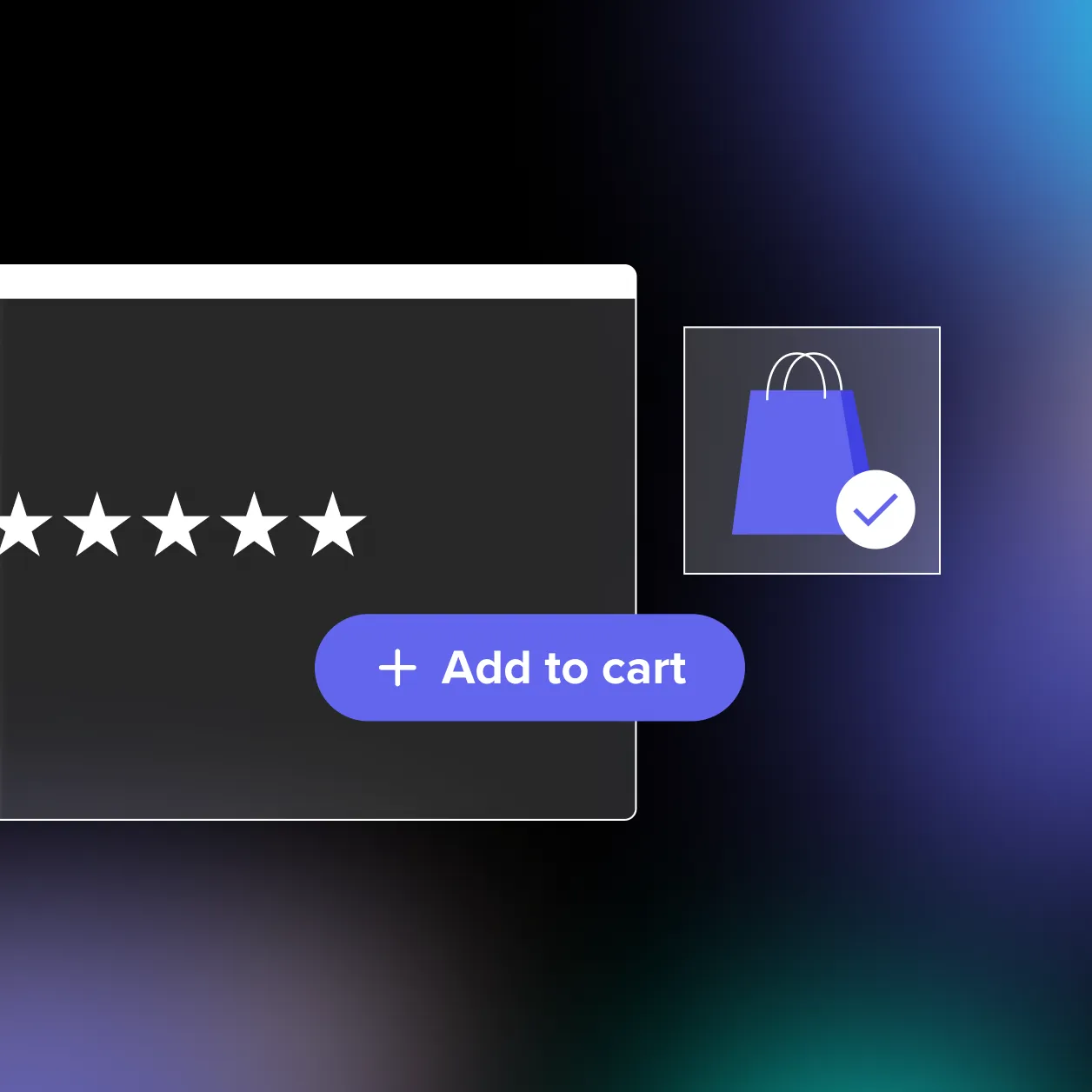
Shopify vs Magento: An introduction
Shopify and Magento stand as two powerhouse contenders in the world of ecommerce, catering to a diverse range of businesses on a global scale. Both platforms offer a rich array of features and functionalities that make establishing an online store a feasible task.
Shopify is a cloud-based solution that eliminates the complexities of website hosting. With its user-friendly drag-and-drop interface, a vast selection of templates, and a multitude of integrated payment gateways, Shopify shines as an ideal choice for small businesses and startups aiming for a hassle-free, cost-effective way to launch their online stores.
In contrast, Magento is an open-source platform that necessitates self-hosting. While it may present a steeper learning curve, it offers unparalleled flexibility and customization options. This makes it a top choice for larger businesses and those seeking advanced ecommerce capabilities.
Shopify explained
To make an informed choice between Shopify and Magento, let’s delve into their distinctive features and capabilities.
Shopify is an all-encompassing ecommerce platform, designed to facilitate business inception, growth, and management. With millions of active merchants, Shopify has cemented its position as a leading figure in the ecommerce landscape. It empowers merchants to create and personalize their online stores, sell across various channels (web, mobile, brick-and-mortar, and social media), and harness a cloud-based infrastructure that permits location-independent operations. Shopify offers essential tools, including customizable templates, online and in-person sales tools, integrated payment processing, optimized checkout experiences, SEO and marketing resources, and APIs for advanced customization. The Shopify App Store extends the platform’s capabilities with thousands of third-party apps, while a community of Shopify Experts stands ready to assist with tailored solutions.
Shopify gives merchants the ability to customize their website’s front-end, manage and promote products from a centralized location, build their brand, secure their domain, and effectively reach their customers.
Magento explained
Adobe Commerce’s Magento, an open-source ecommerce platform, caters to top global brands. Developed in 2008, Magento is renowned for its robustness and versatility, built using PHP and incorporating frameworks like Laminas and Symfony, as well as the MySQL or MariaDB database management system.
Magento’s feature set includes a flexible shopping cart, support for multiple payment gateways, diverse shipping methods, multi-language support, and advanced marketing, SEO, and catalog-management tools. Its enterprise-level scalability and performance, along with features like server-side caching and improved browser caching, are especially appealing to businesses with substantial needs. Magento provides exceptional flexibility for store customization and stands out in the crowded ecommerce landscape by enabling businesses to create unique, original content.
Shopify vs Magento: What’s the Difference?
When comparing Shopify and Magento, several pivotal distinctions come to light:
- Hosting: Shopify is a hosted solution, managing hosting and maintenance for you, which simplifies the setup process. Magento is an open-source platform that requires self-hosting, offering more control but necessitating technical expertise.
- Features: Shopify is user-friendly and streamlined, making it ideal for small businesses and beginners. Magento offers extensive features and customization options, catering to larger businesses or those with specific needs.
- Pricing: Shopify offers affordable and flexible plans. Magento, while feature-rich, can be more expensive, factoring in hosting and server management costs.
The pro’s and con’s of Shopify:
Shopify continues to dominate the ecommerce market, and for good reason. The platform boasts a variety of features that make it an attractive option for businesses across industries.
Pros:
- User-friendly drag-and-drop interface.
- No coding is required for basic stores.
- Access to a vast library of themes and templates.
- Integrated payment processors for convenience.
- 24/7 customer support.
- Extensive app store.
- Scalable and affordable pricing options.
Cons:
- Limited inventory and fulfilment options.
- Restricted customization options.
- Some restrictions on international sales.
- May not suit larger businesses unless on the enterprise plan.
The pro’s and con’s of Magento:
Magento is a popular ecommerce platform for larger businesses due to its versatility and robust features. Here are the key benefits of using Magento:
Pros:
- Extremely customizable.
- Strong inventory and fulfilment options.
- Robust international sales capabilities.
- Advanced content management system.
Cons:
- Self-hosting requirement.
- More complex than Shopify.
- Requires technical knowledge.
- Limited customer support with no 24/7 options.
Comparison Overview
Both Shopify and Magento offer fundamental ecommerce features, but the focus differs. Shopify excels in simplicity and user-friendliness, with an extensive app store for added functionalities. Magento, while more complex, caters to advanced needs.
Shopify’s strength lies in its app store, which offers a vast array of advanced technology to enhance the ecommerce experience. Through partnerships with tech companies like Klaviyo, Yotpo, and Recharge, Shopify provides excellent marketing capabilities, including email campaigns and subscription services. Additionally, Shopify allows for direct sales and advertising on Facebook, Instagram, and Pinterest, providing additional reach to a larger target audience.
In comparison, Magento’s marketing resources are primarily found on its Marketplace. Email campaigns, for example, require the installation of extensions like Remarkety. Customized marketing tools may require the assistance of a web developer to integrate, whereas Shopify offers built-in marketing tools to help grow your store. With over 8,000 apps available as of 2023, Shopify has a broader range of potential features and innovations.
Payment Gateways in Shopify vs Magento
Shopify boasts a wide selection of over 100 payment gateways, offering flexibility for both merchants and customers. It integrates with third-party gateways and provides its in-house payment system, Shopify Payments. Magento supports fewer gateways, making Shopify a more versatile choice for online transactions.
Shipping and inventory:
Shopify and Magento offer different features for shipping and inventory management. Shopify provides robust POS software and shipping calculators. Magento offers more advanced inventory and order management.
In terms of inventory, both Shopify and Magento allow for unlimited products, making it easy to build and sell a large number of goods. However, Shopify has an advantage in that it directly interacts with dropshipping inventory apps like Oberlo. It’s worth noting that Shopify is a fully managed and hosted solution, making it easier to add a large volume of products and images to the store. With Magento, adding too many products may impact server performance and site loading speed during periods of high traffic and orders.
International selling on Shopify vs. Magento
Both platforms support international selling, with Magento offering native multilingual support. Shopify, while less advanced in this aspect, provides ever-improving native multilingual features as well as third-party apps and customization options to create a multilingual store.
In conclusion, the choice between Shopify and Magento depends on your specific needs, budget, and technical proficiency. Understanding these differences will help you make an informed decision.
Design
Inspiring behaviour change through visual experiences. Our digital design services ensure instant clarity and visuals that cut-through in a cluttered market.




